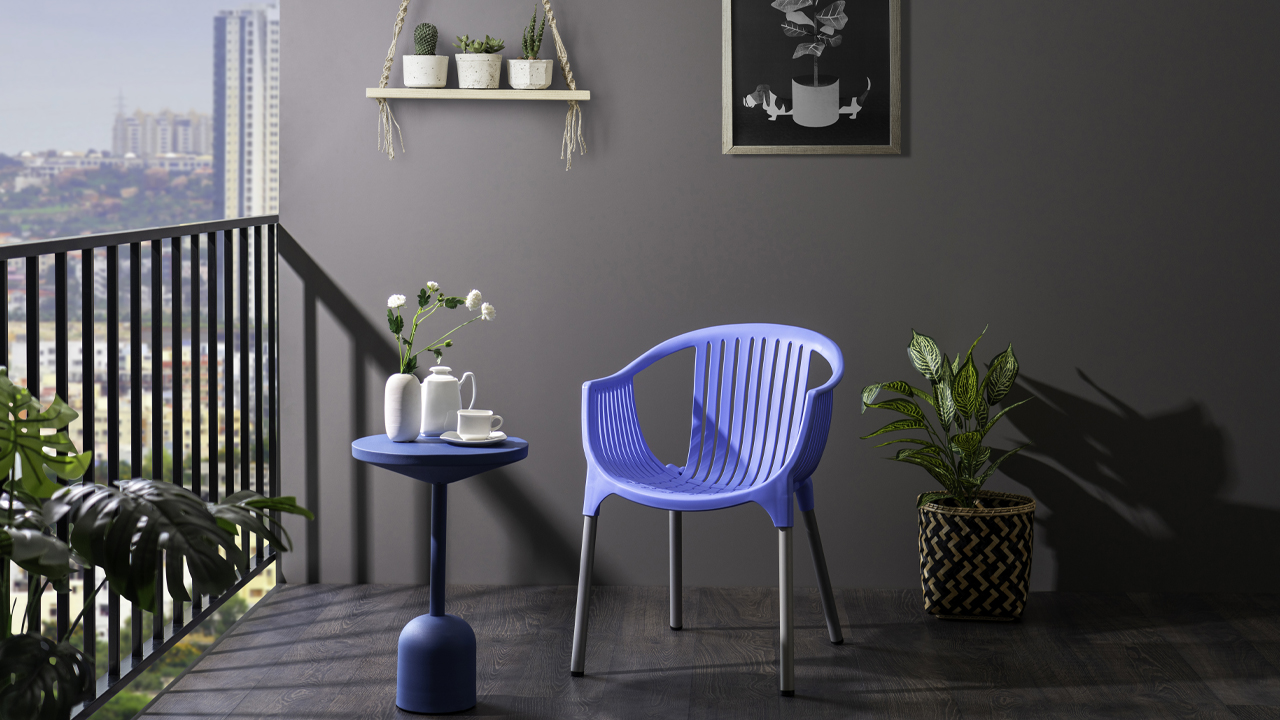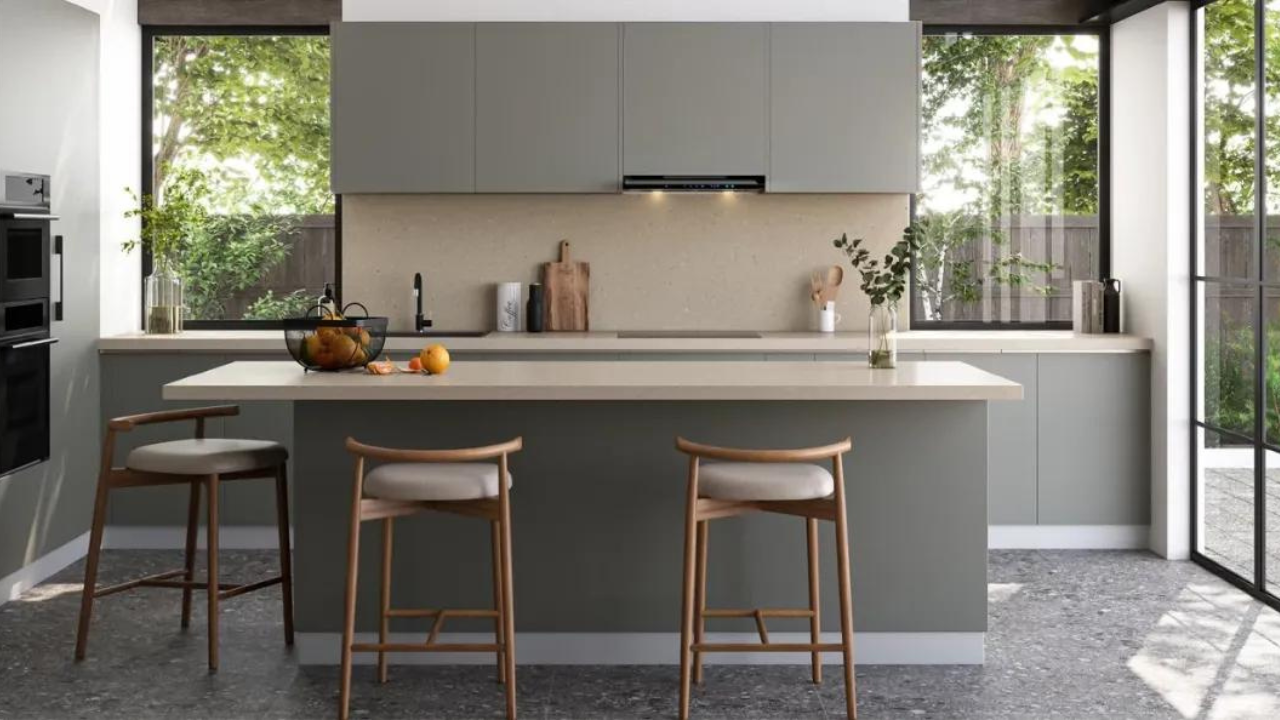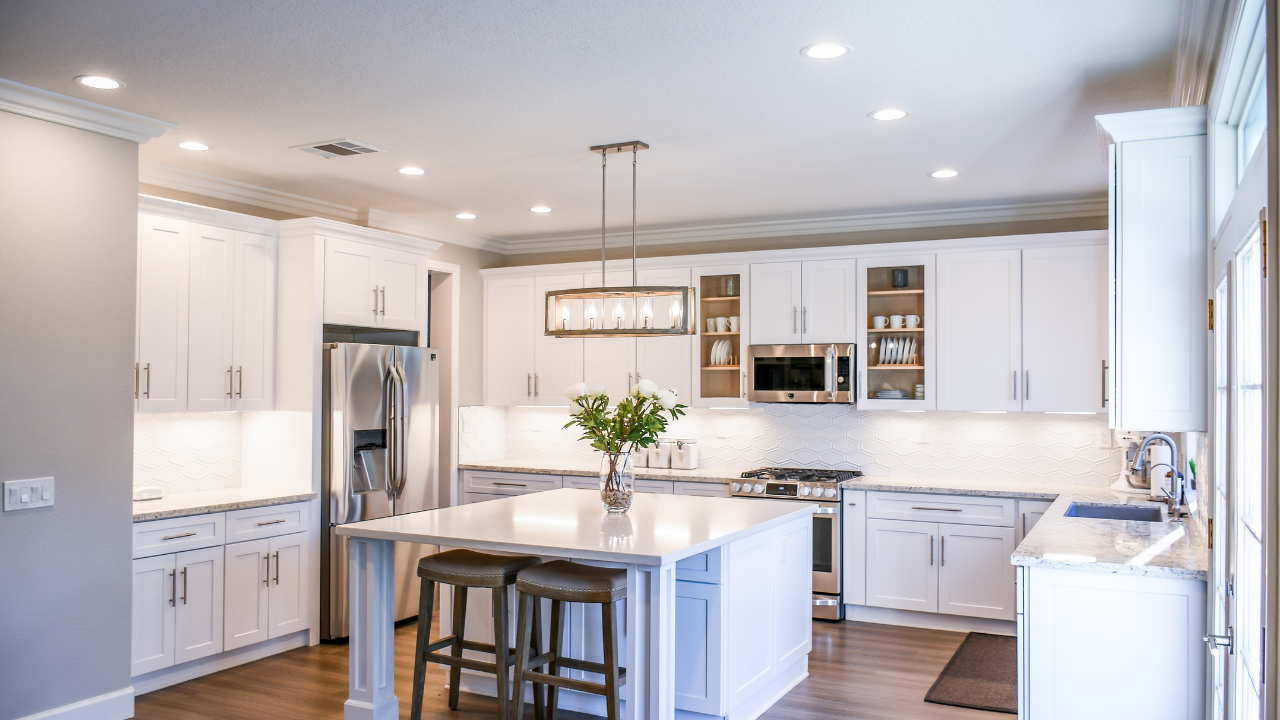10 Ways to Improve Your Outdoor Living Space

Imagine stepping outside to a space inviting you to relax, entertain, and enjoy nature’s beauty, regardless of size or budget. The possibilities are endless, from creating an eco-friendly water oasis that attracts local wildlife to installing innovative lighting that extends your evenings under the stars. In this blog, we will discuss ten creative and practical ways to improve your outdoor living space.
-
Multilevel Deck or Patio:
Incorporating a multilevel deck or patio into your outdoor space is a practical approach to creating distinct areas for various activities. For the upper levels, consider lightweight furniture such as aluminium or wicker chairs and tables for dining or relaxing, ensuring easy movability. The lower tiers, closer to the garden or pool, are ideal for heavier, weather-resistant pieces like teak lounges or a sectional sofa that can endure moisture and direct sunlight. Building benches along each level’s perimeters can provide additional seating and structural support. To unify the space, choose furniture materials and colours that complement the exterior of your home and the natural surroundings.
-
Outdoor Cinema:
Start by selecting a weatherproof projector and a large, retractable screen, or opt for a blank, light-coloured wall for a more permanent setup. Comfortable seating is key, so arrange a mix of outdoor sofas, bean bags, and lounge chairs with plenty of cushions and blankets for chilly evenings. For sound, invest in a set of outdoor speakers that provide clear audio without disturbing the neighbours. Enhance the ambience with string lights and lanterns for a soft, cinematic glow. A portable concession stand, or nearby outdoor kitchen can serve popcorn, snacks, and drinks, rounding out the movie theatre experience.
-
Interactive Garden Paths:
Design a winding path that leads through different garden sections, using materials like flagstone, pebbles, or wood chips to add texture underfoot. Along the way, plant aromatic herbs like lavender, rosemary, and mint at nose level to release their scents as people brush past. Incorporate plants with different textures, such as lamb’s ear for softness and ferns for a feathery touch, encouraging visitors to reach out and feel. For visual interest, include brightly coloured flowers and plants with unique foliage patterns. Solar-powered lights or glow-in-the-dark pebbles can line the path. Interactive elements like wind chimes, bird feeders, and small water features can enhance the sensory experience.
-
Eco-friendly Water Features:
Choose solar-powered fountains or waterfalls, eliminating the need for electrical wiring and reducing energy consumption. These can be easily installed in garden ponds, pathways, or central gathering areas, providing the soothing sound of running water without increasing your carbon footprint. Another sustainable option is a rain garden, designed to capture runoff from roofs, driveways, and other hard surfaces, filtering pollutants and replenishing groundwater. Planting native, water-tolerant plants within these areas creates a habitat for local wildlife while managing water efficiently. For those with more space, constructing a small pond can serve as a focal point and support a micro-ecosystem with fish, aquatic plants, and beneficial insects.
-
Outdoor Kitchen and Bar:
Select a countertop material that’s resilient, such as granite or stainless steel, to endure the elements and weather fluctuations. For cooking appliances, consider a built-in grill, a smoker, and a pizza oven for versatile outdoor cooking options. A refrigerator and a sink with running water are essentials for keeping ingredients fresh and making cleanup easier. Don’t forget a bar area with a built-in cooler or wine fridge to keep drinks accessible and at the perfect temperature. For seating arrangements, add a bar-height counter and stools for casual dining experiences, and create a distinct dining section furnished with cosy outdoor pieces for more formal gatherings. Additions like a pergola or canopy can provide shade and protection, extending the usability of your outdoor kitchen throughout different seasons.
-
Vertical Gardens and Green Walls:
Install modular planting systems, which can range from simple pocket planters to more sophisticated hydroponic systems, depending on your budget and level of gardening expertise. Ensure there is a proper irrigation system, such as a drip irrigation setup, to water the plants at their roots with minimal waste efficiently. For plants, select varieties that suit your local climate and the sunlight your wall receives. Edible plants like lettuce, strawberries, and herbs work well in vertical gardens, offering fresh produce at your fingertips. Ornamental plants such as ferns, succulents, and flowering annuals can add texture and colour. It’s also important to consider the weight of the fully watered system and ensure the structure can support it.
-
Fire Pit or Fireplace:
For a fire pit, consider a design that complements your outdoor décor, whether a traditional round, rustic stone, sleek metal bowl, or a custom-built feature that matches your patio pavers. Fire pits can be wood burning, offering the classic crackle and smoke, or powered by propane or natural gas for convenience and clean burning. On the other hand, outdoor fireplaces provide a more structured focal point and tend to be built into or against a wall, often incorporated into an outdoor kitchen or seating area design. They can be crafted from materials like brick, stone, or stucco to match the architectural style of your home.
-
Innovative Lighting Solutions:
Start by installing solar-powered lights. They’re environmentally friendly and simple to set up, as they don’t need any wiring. Place these along pathways, in gardens, or around seating areas to ensure safety and create an inviting atmosphere. LED strip lights can be used under steps, railings, or around a deck to add a modern, ambient glow that outlines spaces and highlights architectural features. In dining or lounging areas, incorporate weatherproof floor lamps and table lamps that mimic indoor styles to bring the comfort of the indoors outside. Pendant lights hanging from pergolas or overhangs can provide focused lighting for eating areas. At the same time, fire pits and candles offer a natural, flickering light that enhances the cosiness of your outdoor space.
-
Outdoor Art Studio or Workshop:
A canopy, gazebo, or pergola with a retractable roof can provide shade and shelter, ensuring you and your materials stay comfortable and dry. Invest in durable, weather-resistant worktables and storage solutions for the studio setup. Stainless steel or treated wood tables are ideal for withstanding various weather conditions and can be easily cleaned. Use weatherproof cabinets or storage bins to keep your tools and materials organised and protected.
-
Sustainable Rain Garden:
To create a rain garden, choose a location in your yard that naturally collects water or where water can be directed from downspouts. The site should be at least 10 feet away from your home to avoid any water damage to the foundation and preferably in a sunny to partially shaded area to accommodate a variety of plants. The design involves excavating a shallow depression that temporarily holds rainwater, allowing it to slowly infiltrate into the ground rather than flowing into streets and sewers. The depth can vary, but a general guideline is 4 to 8 inches deep, depending on your soil’s absorption rate. Amend the soil with compost to enhance permeability and fertility, promoting rapid water absorption and plant growth.
Plant selection is crucial for a rain garden’s success. Opt for native plants, grasses, and shrubs adapted to your region’s climate, which can thrive in wet and dry conditions. These plants are typically deep-rooted, improving soil structure and increasing the garden’s water-absorbing capacity. They also provide habitat and food for local wildlife, promoting biodiversity.
Start with what inspires you most and make incremental changes that bring joy and comfort. With creativity, planning, and investment in sustainable and durable solutions, your outdoor area can become your favourite room of the house. In this place, memories are made, and nature is cherished.








